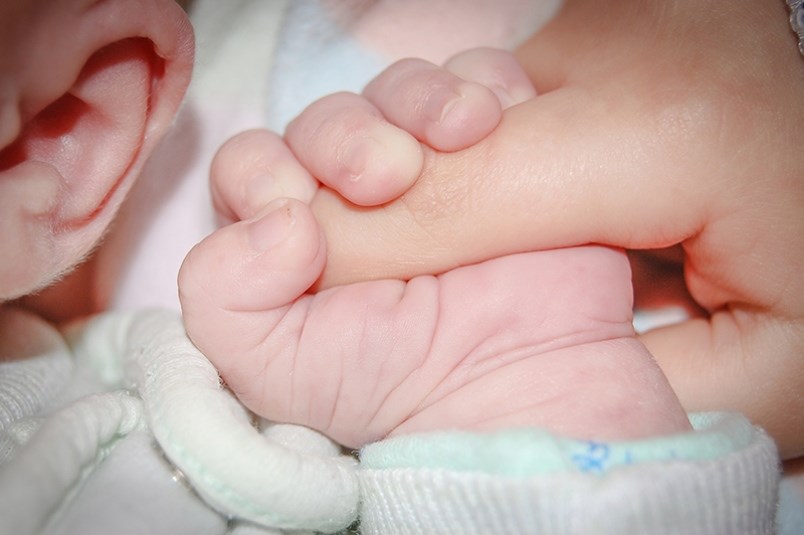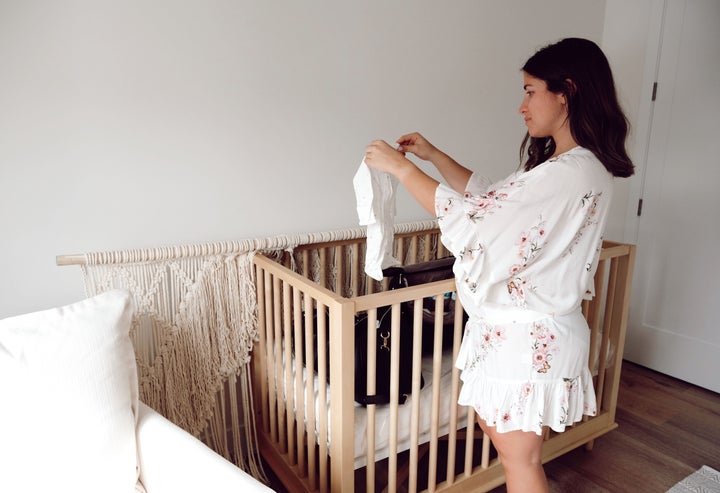COVID-Inspired Baby Bust
"Being stuck at home with a partner doesn't meet the necessary ingredients for increased fertility rates.""More sex is insufficient for a baby boom to occur."Dr.Liz Allen, population expert, Australia"We certainly anticipate there to be a rebound [in the post-COVID birthrate].""But we're not so sure about an overshoot - a boom that helps to offset the bust."Dr.Emily Smith-Greenaway, University of Southern California"So what we did was we looked back at what happened to birth rates after the Great Recession. There’s a link of about a 1 percentage point increase in the unemployment rate leads to about a 1% reduction in the birth rate. And then we also look back at what happened during the Spanish flu. And what’s really interesting to think about is back then people didn’t even have access to modern contraceptive technology. Nor did the Spanish flu lead to a recession. So that was really just a public health crisis. But it led to a sizable reduction in births. And so based on what we see in the data from those two previous periods, we predict that there’s going to be something like an 8% to 10% drop in births on account of this current pandemic."Melissa Kearney, professor of economics, University of Maryland
 |
| Melissa Kearney, professor of economics at the University of Maryland, says when it comes to the COVID baby bust, "one of the big questions is, how many of these missing births are going to be delayed versus never happened." Sean Gallup/Getty Images |
A 'baby bust' is on the international menu with research indicating that not only has there been an economic downtown globally of wholesale proportions, leading to employment uncertainty "negative expectations about the future have all been associated with a postponement of child-bearing plans." According to the Vanier Institute of the Family, total fertility rates are set to be lower in the short term but are expected to bump up once the situation over the novel coronavirus settles.
Stix, the ovulation- and pregnancy-test company's limited survey found that 56 percent of clients purchasing tests during March and April of 2020 were anxious not to become pregnant in comparison to pre-COVID times, when most were attempting to begin or to extend their families. Requests for birth-control prescriptions at provider Nurx have increased by 50 percent in new patient requests for birth control in the past year. Matched by emergency contraception demand.
Countries look for a replacement rate of 2.1 births per woman to maintain the status quo of a population. In 2019, Canada's 1.47 births per child-bearing woman meant that "we're more than half a kid short of replacement value", observed Ipsos Public Affairs pollster Darrell Bricker. A situation that may continue for the foreseeable future.
 |
| Photo: Baby/Pixabay |
For close to a decade, births in the United States have been declining, with 2019 seeing the lowest number in 35 years. Yet a further slip for 2020 seems inevitable, and for the year 2021 an estimated 300,000 fewer babies are expected, according to a study by the Brookings Institution think tank. Owing in part to poor employment conditions disproportionately affecting working women.
Labels: Economy, Global Pandemic, Reduction in Births, Social Distancing


0 Comments:
Post a Comment
<< Home